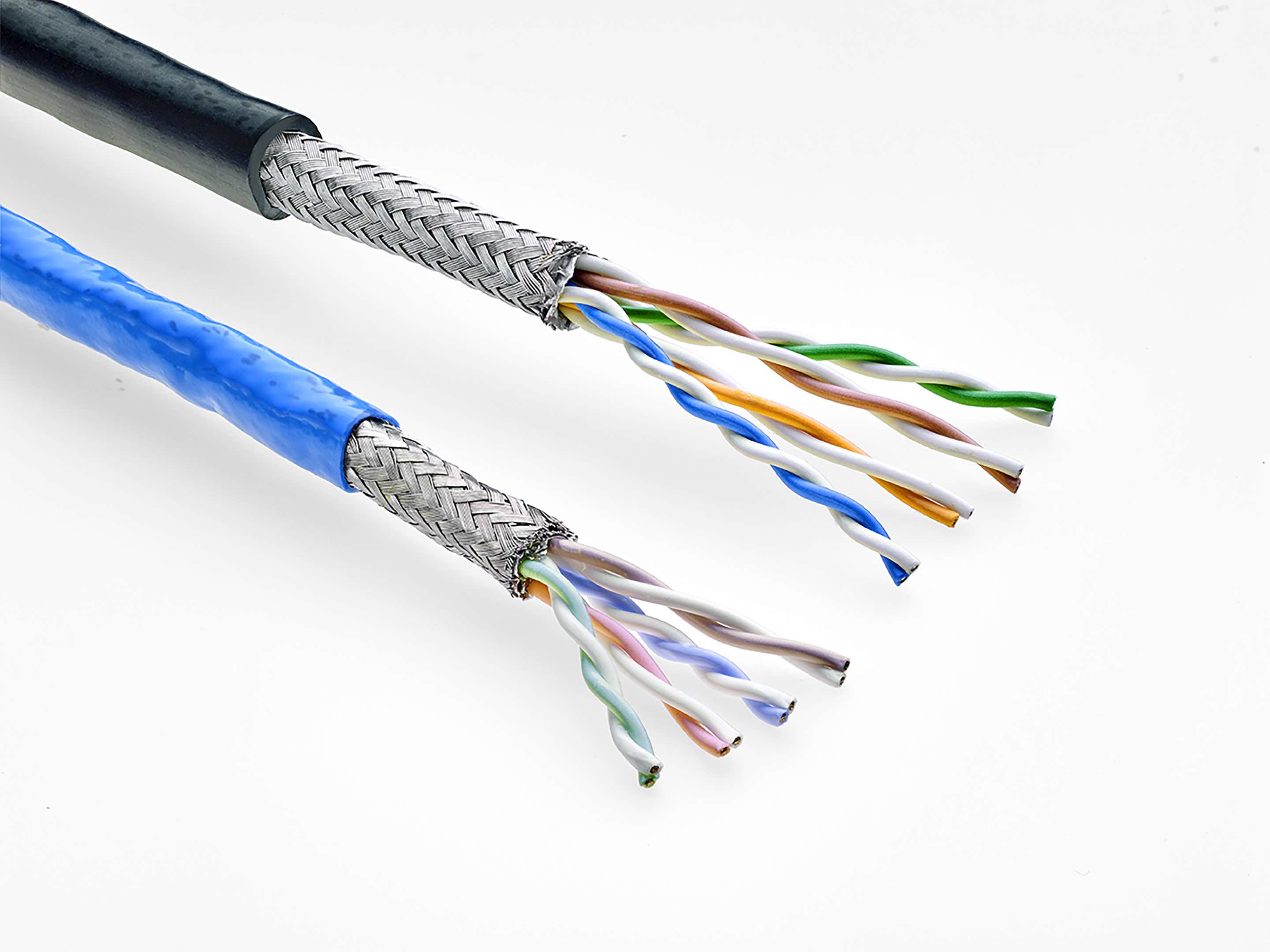Fundamentals of Industrial Networking: Basic Terms and Concepts
This article includes a list of some common definitions for industrial networking concepts, described in simplified terms to provide a baseline understanding of the concepts. Networking for industrial devices involves many concepts and terms that are uncommon for industrial electrical professionals. Although communication does involve electrical signals, that’s about the end of the list of … Read more

